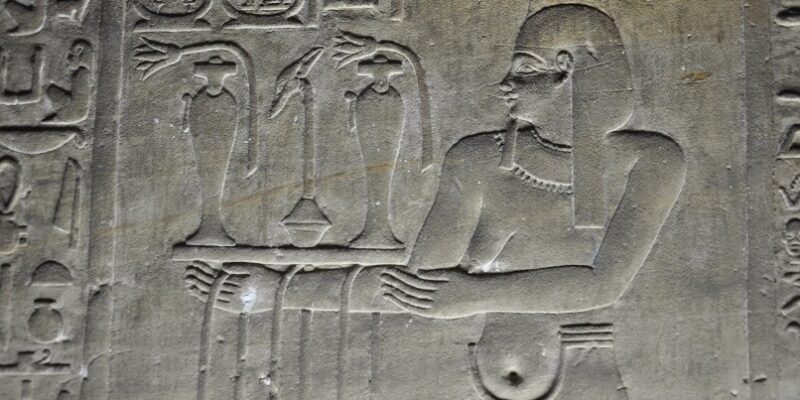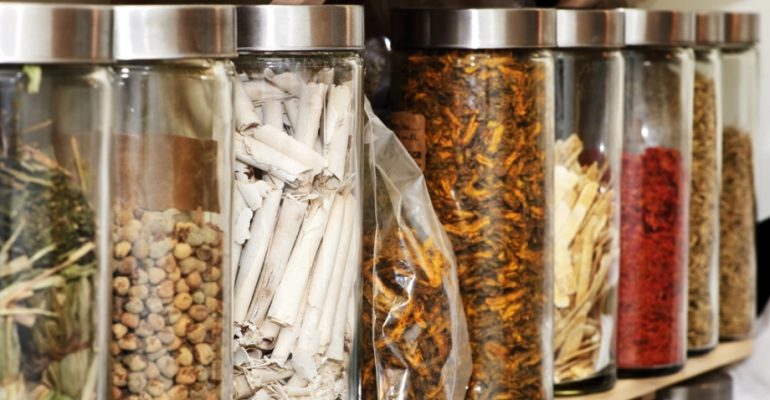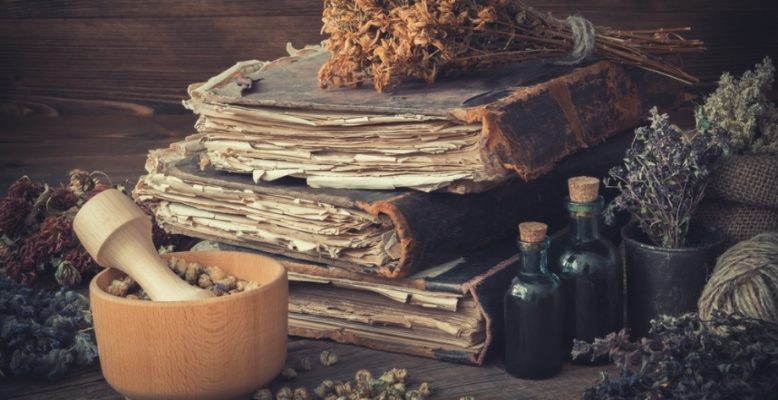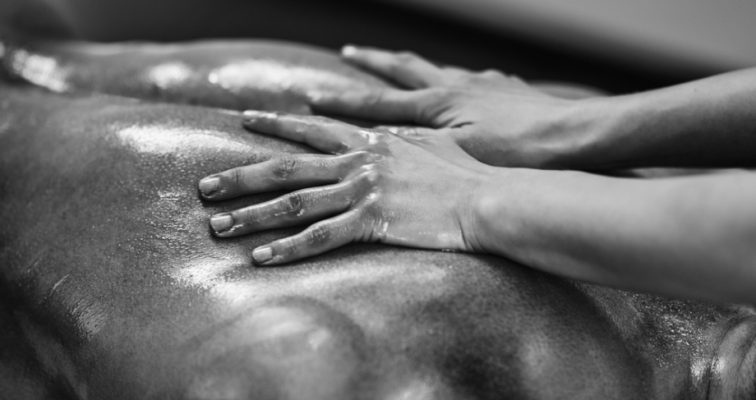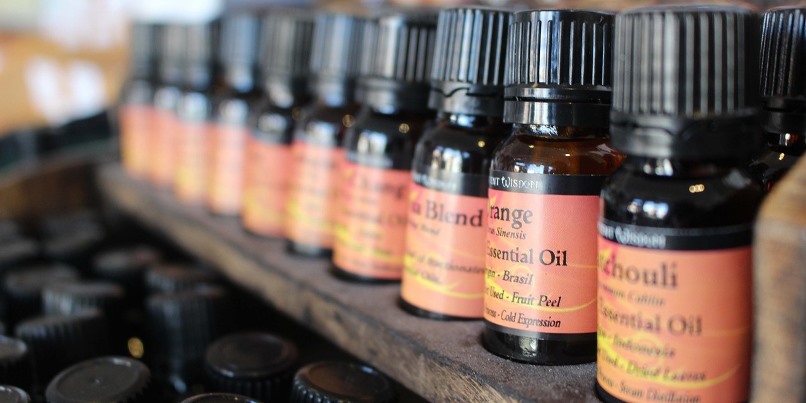
Oil Massage and Aromatherapy are often mentioned in one breath, and are regularly offered as a combined service in Spa and Wellness centers or in Massage Therapy establishments, and such. Nevertheless, oil massages and aromatherapy treatments are actually two distinct things. In this post, we look at the differences and at what unites them.

An Oil Massage is typically a Full Body Massage carried out through deep pressure, gliding, rolling, stroking, rubbing and stretching movements using the palms, fingers, thumbs, forearms, elbows (and sometimes also the knees and feet) in combination with the application of (warm) herbal oils. The oils used may be base oils, base oils with essential oils, or base oils with a mix of herbs added (medicated oils).
Base oils, also called carrier oils, such as Almond oil, Argan oil, Sesame oil or Coconut oil, serve to dilute essential oils. Essential oils, also called volatile oils or ethereal oils, are concentrated liquids that contain volatile chemical parts (they evaporate at normal temperatures) from plants. It can also be simply oil extracted directly from the plant or plant parts. Essential oils got their name because they contain the “essence” of the plant’s scent or aroma.
Aromatherapy is based on the idea that the use of aromatic plant oils or plant essential oils can address specific ailments or needs of the receiver. These herbal essential oils can have medical properties such as relaxing, calming, soothing, energizing, stress-reducing, balancing, anti-inflammatory, and so on, and, for instance, mixed with a base oil and burned, applied topically, massaged or prepared for a bath, can stimulate a healing process.

For one part, the inhaled scent of the oils (through, for instance burning or steam baths) is believed to have healing or relaxing properties (depending on which oils are used) and secondly, certain oils originating from specific plants, herbs and/or flowers penetrate the blood stream when rubbed into the skin releasing their healing properties in the inside of the body. Another way of allowing penetration through the skin is through herbal baths.
Aromatherapy is said to address a variety of discomforts or ailments, such as burns, fevers, cuts, headaches, heat exhaustion, heatstroke, fractures, infections, insect bites, jet lag, sore muscles, physical exhaustion, stress, anxiety, rashes, sleepiness, sprains, swellings, and many more.
The variety and combination of herbs, plants and flowers used in base oils, scented or essential oils is sheer endless, but to give some examples, think of the use of chamomile, ginger, lavender, geranium, ylang ylang, sage, rose, rosemary, eucalyptus, pine, or tea tree, and such.
Each plant or herb has its own specific qualities and healing properties and the knowledge of properties, extraction, and application is key to a successful therapeutic Oil Massage and/or Aromatherapy Massage session.
Nonetheless, when applying oils, certain contraindications may apply for people with allergies or skin sensitivities, infectious skin diseases, open wounds, bruises, inflamed skin, unhealed wounds, and the like. Moreover, mind that when the treatment is given as a massage, general massage precautions and contraindications apply.







